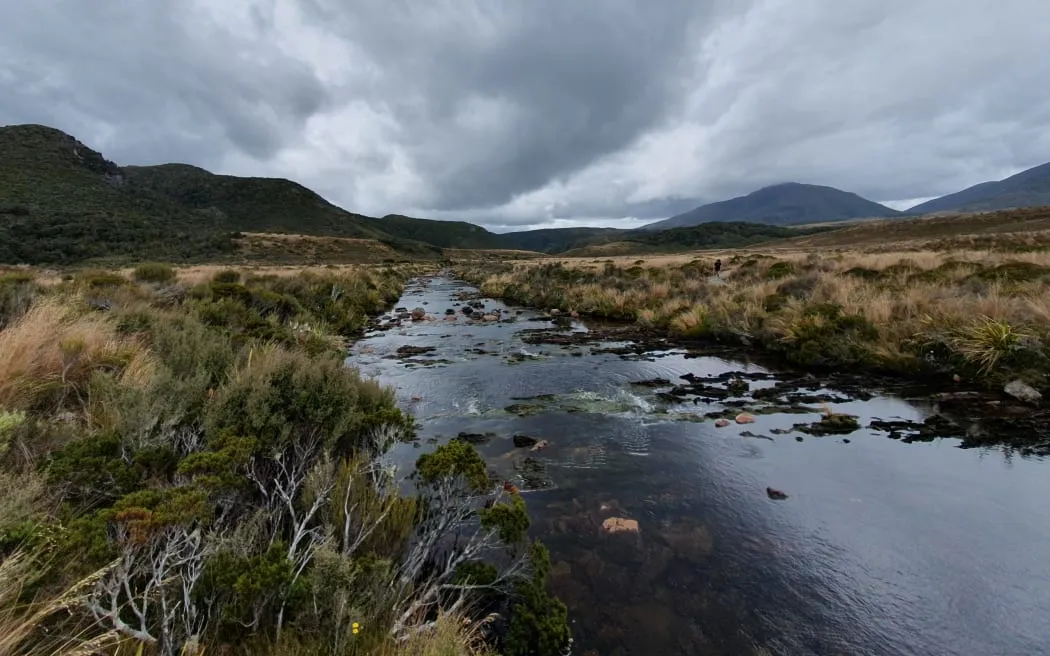The government of New Zealand is exploring the possibility of introducing visitor fees for some of its most popular national parks and conservation areas. The Department of Conservation has released two documents for public consultation on “modernising” conservation, seeking feedback on questions like who should pay visitor fees and where, and what that money should go towards.
Understanding The Main Concept
The proposed changes aim to protect relevant natural areas while supporting sustainable growth in tourism and regional economies. The current concession prices are seen as too complex and take too long to implement. The government is looking for new revenue streams to fund conservation efforts and wants to strengthen relationships with iwi, or indigenous Maori groups.
Conservation Minister Tama Potaka said the goal is to make the most of tourism while preserving the environment. He stated that “the world has changed considerably since the Conservation Act was enacted in 1987.” The current system allows private companies to operate within protected areas, but this process is too slow and cumbersome.
How This Works In Practice
The proposed changes involve introducing fees for access to some national parks and conservation areas. There are three options being considered:
* Charge everyone the same fee
* Charge New Zealanders less than international visitors
* Only charge international visitors and let New Zealanders access conservation areas for free
Potaka emphasized that nothing is set in stone and the government wants to hear people’s views on these ideas. The discussion documents are available on the Department of Conservation website, and consultation closes at the end of February 2025.
The current funding model for national parks and conservation areas is as follows:
* Total budget: $644.2 million (excluding Jobs for Nature funding)
* Recreational activities: $233.1 million
* Biodiversity work: $315.7 million
* Government funding: around 83%
* Other sources: 17%
Internationally, it’s common to pay fees for access to popular natural attractions. For example:
* In Australia, you pay to visit Uluru-Kata Tjuta National Park
* In America, you pay to visit Yellowstone National Park
The government has already introduced some fee increases, such as the International Visitor Levy, which was increased from $35 to $100 per person in July 2024.
Why This Matters For Business
The introduction of visitor fees could have a significant impact on the tourism industry in New Zealand. Some businesses may see this as an opportunity to increase revenue, while others may be concerned about the potential effects on visitors and the economy.
On the other hand, some argue that the current system is unfair, with 25% of Tongariro Alpine Crossing visitors not paying any fees despite using private transport. The proposal aims to address these inequalities and ensure that all visitors contribute to the costs of maintaining popular sites.
The debate around visitor fees is ongoing, and it’s essential for businesses and individuals to stay informed about the changes being proposed. By providing feedback on this proposal, we can help shape the future of New Zealand’s national parks and conservation areas.
Key Considerations
Before making any decisions, consider the following:
* The potential impact on local communities and indigenous groups
* The effects on visitor numbers and economic growth
* The fairness and equity of the proposed fee structure
* The long-term sustainability of the current funding model
By carefully weighing these factors, we can ensure that New Zealand’s national parks and conservation areas continue to thrive for future generations.
Next Steps
The discussion documents are available on the Department of Conservation website. If you have any feedback or comments on the proposal, please submit them by the end of February 2025.

0 Comments